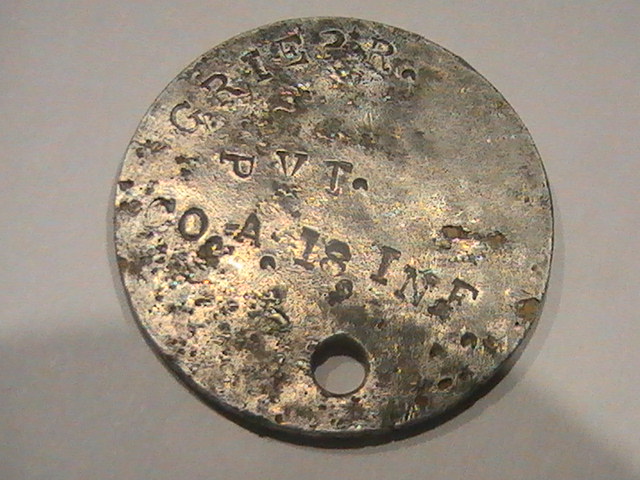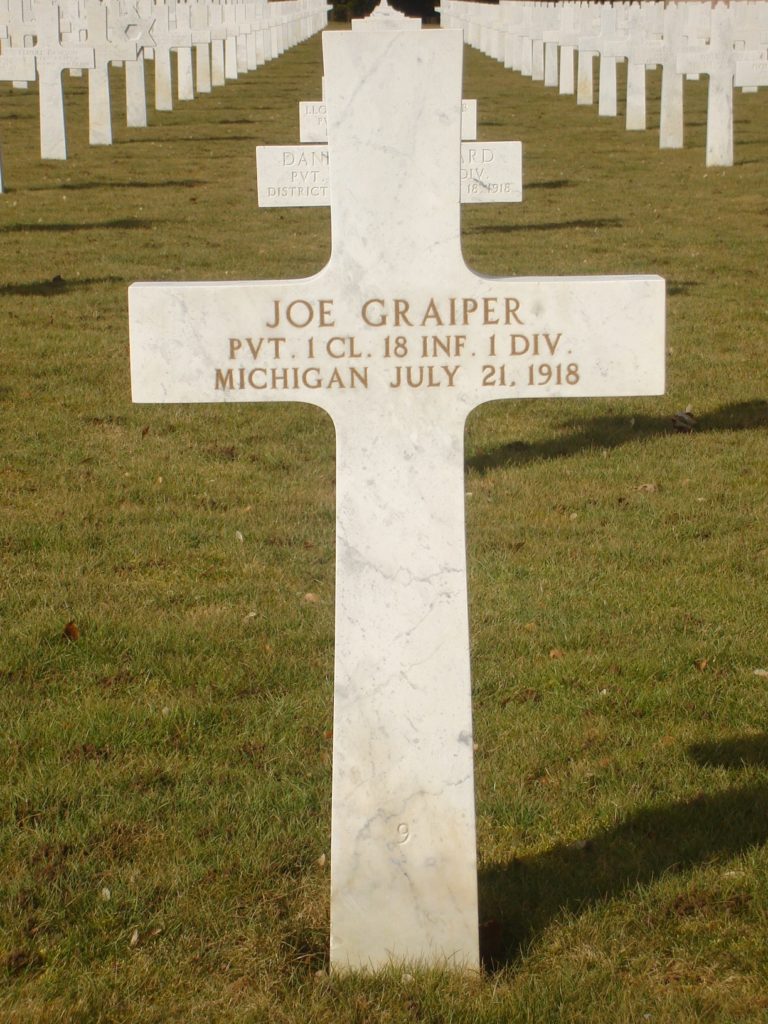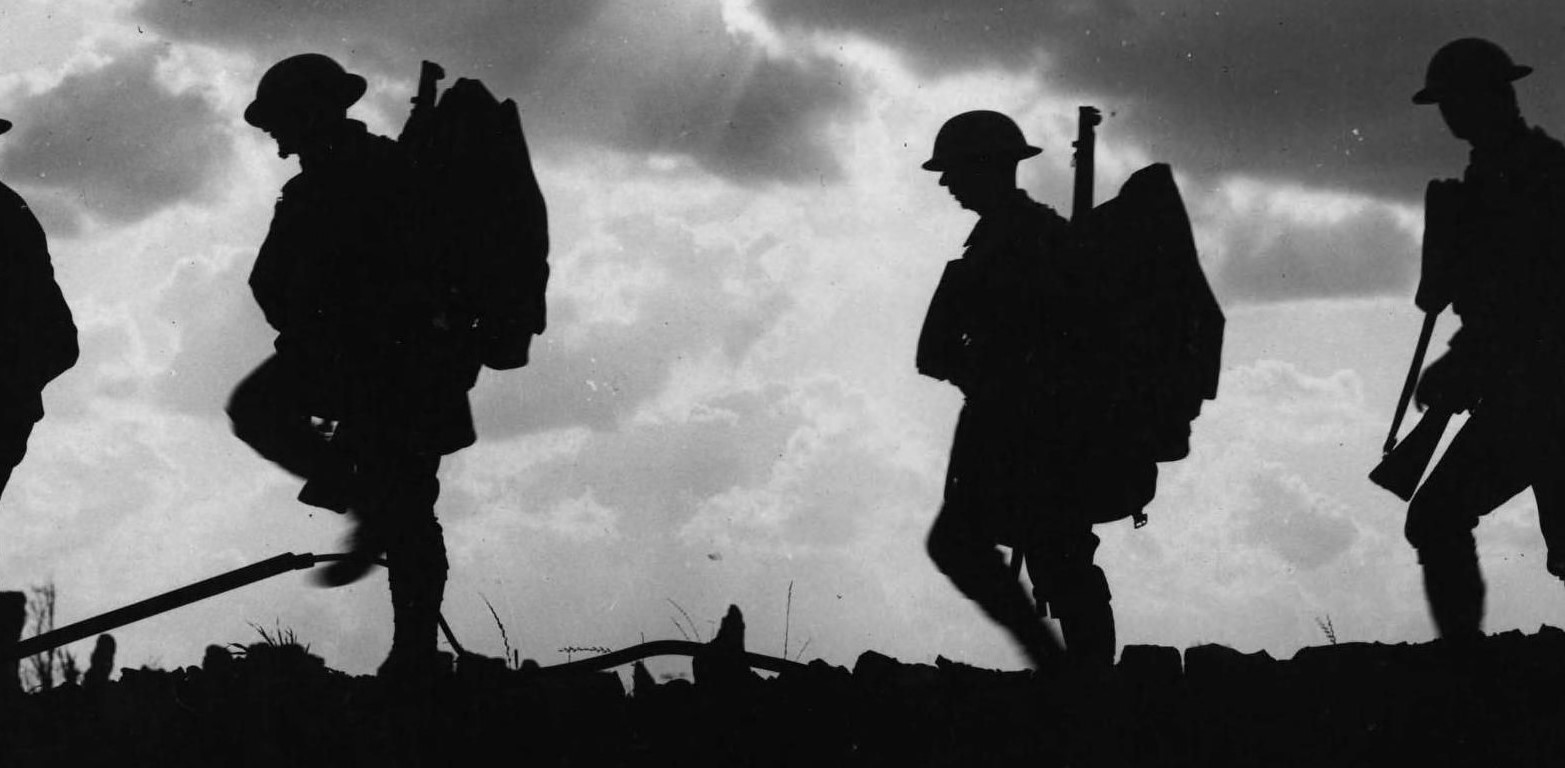A few years ago, I was contacted by the friend of a friend of a friend. He had a strange request: Could you help this French guy find the descendants of a soldier killed in World War I?
What the hell? Why me?
“For god’s sake, you can find anybody,” he said. “You speak English. You know soldiers, you know the history. And you give a damn.”
My friend introduced us by email. Jean-Claude was a Frenchman from a small village in eastern France, close to the borders of France and Germany—the Western Front—in the First and Second World Wars. On weekends, he took his metal detector to battlefields and encampments on the Allied side to collect an array of war artifacts in cow pastures. Belt buckles, bayonets, mess tins, spent shells, lost guns, even coins dropped by soldiers from the Roman occupation 2,000 years ago to the great European wars of the past century.
And lost dogtags.
Jean-Claude had found a little metal disc with the name, service number, and unit of an American soldier. But this was different from the rest of the historic junk he dug up. It was more intimate. It wasn’t lost by a faceless man among a horde … it was dropped by one man whose name we now knew. We couldn’t just walk away.

Rather than put it in a drawer or sell it on eBay, Jean-Claude determined to give it to any of his American descendants, who might have never known this man. A hundred years had passed. Had he died? Did he simply lose this idenitification disc in the squalid, muddy camps of the Great War?
“When I dig up such an artifact, I have three possibilities, ” Jean-Claude has said. “I can put it in the drawer and look at it every five years, which benefits nobody. Or I could sell it on eBay for $10, which is shabby and disrespectful. Or I can make a family happy about a relative who has risked his life for your country and your freedom. Now, if you were in my shoes, which would you choose?”
But he didn’t know enough English to navigate the labyrinth of American archives, newspapers, military records, or museum storage rooms. He didn’t know the vagaries of twisted genealogies. He didn’t know the geography. He needed an American’s help.
He asked someone about who might help him. Someone asked someone else, who asked somenone else, who knew this American author and journalist who might be able to help.
I agreed to donate my skills and my time to reunite this personal artifact with someone who should have it. It felt like the right thing to do. I was blessed with the special skills to do it … and I wanted to do it.
We found some great grandchildren of that soldier, who’d merely lost the tag (usually worn only by an easily broken string or leather thong in WWI) and returned home to father a big family.
The next spring, Jean-Claude found another and, again, we found descendants in the USA. Over the next five years, he found three more, and we always found the family—grateful grand- and great-grandchildren who suddenly had a connection to a face they’d seldom or never seen except in photos. All those soldiers had survived the war and lived out their days, surrounded by family. I got to know all of their ghosts.
Then one day a couple years ago, he brought me another WWI dogtag. It had belonged to a soldier named Joe Griepr, a private in the 1st Division, which had camped for a few months on that spot before rushing into desperate, horrifying battles in places like the Meuse-Argonne and the Marne.
It didn’t take long to learn the awful truth: Joe Griepr had been killed in action at the Battle of Soissons. He was our first KIA dogtag. My stomach twisted.
The story got sadder. Joe was a Polish teenager when he immigrated to the USA, avoiding Ellis Island’s record-keepers, probably through Canada. He worked in the iron mines of northern Michigan until he saw a chance to do something good for better money: He enlisted at 16 in the US Army to fight “over there.” He was only 17 when he was killed.
Along the way, I found his name spelled variously as “Griepr,” “Graeper,” and “Graipier.” None sounded Polish so I presumed that he, like so many other immigrants, had Americanized his name. Maybe he just wanted to be an American.
Military records were so specific about Sosissons that I was able to determine the spot—within a hundred yards or so—where Joe died. He was buried in a hurried, shallow grave on the battlefield, then eventually buried permanently in the Oise-Aisne American Cemetery near Fere-en-Tardenois. On his headstone, his name is JOE GRAIPER.

I never found Joe’s family. Clearly he had no children. His War Department death notice was sent to another teenage brother in Michigan, but he soon disappeared from the public record, perhaps going home to deliver the tragic news to their parents. Maybe he never came back. Another ghost.
Joe died for a country that wasn’t his. He was just a kid. Most assuredly, he has nobody who remembers him today. I wish one of them were here and they could hold this intimate little piece of metal that he once touched. Instead, we donated it to Joe’s 1st Division museum in Illinois, where it is displayed today
They say we die twice. Once when our bodies stop, and again when there’s nobody left to say our names.
So for the rest of my life, I will pause on this day to say his name.
Godspeed, Joe Graiper.
